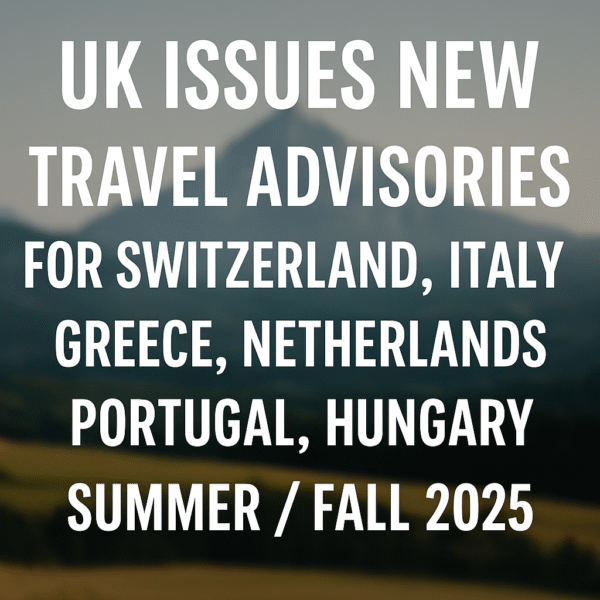Wellington, New Zealand — In a strategic move aimed at reviving tourism in the post-COVID era, industry leaders in New Zealand are calling for an expansion of the working holiday visa age limit—from the current cap of 35 years, or 30 in most cases—to as high as 50. Proponents say this change would tap into a lucrative market of older travelers with higher disposable income and a desire for adventure and personal growth.
Stretching the Visa Limits
Currently, New Zealand’s working holiday visa allows individuals aged 18 to 30 to travel, study, and work for up to 12 months, with certain countries like Canada and the UK extending eligibility to 35 years old. Concerns have risen as issues with declining visa issuance surface: according to a recent report, there was an 11 percent drop in the number of working holiday visas issued in the year ending February 2025.
A Bold Proposal from the Industry
Tim Alpe, managing director of LyLo Hostel in Auckland, advocates for a revision of the upper age limit to 50. Alpe suggests that older applicants, potentially enjoying renewed flexibility and financial stability, are underserved by current policies. In his view, many people over 35 are ready for a “second OE”—a working holiday experience usually associated with youth—and capable of contributing substantially to local economies.
Economic Rationale and Tourism Recovery
Tourism is a pillar of New Zealand’s economy. While the government has targeted a return to 3.89 million international visitors by 2026 and seeks to double tourism exports to around NZ$19.8 billion by 2034, innovation in visa policy could accelerate recovery efforts. Alpe estimates that each working holiday visitor contributes approximately NZ$60,000 to the economy—suggesting that older travelers’ potentially higher spending could mean even greater economic benefit.
Aligning with Broader Visa Reforms
The proposal complements existing measures to attract global travelers and creative workers. Since January 27, 2025, New Zealand has relaxed its visitor visa rules to officially allow remote work during stays—embracing the digital nomad trend. This move is intended to lengthen stays and increase spending, especially among skilled professionals from the US and East Asia. Tourism Minister Louise Upston and Economic Growth Minister Nicola Willis emphasize the strategy’s potential to boost revenue (tourism previously generated nearly NZ$11 billion and supported around 200,000 jobs).
Seeking Unique Competitive Advantage
By opening the working holiday scheme to people up to 50 years old, New Zealand would distinguish itself globally. Most countries limit these visas to the 18–30 age bracket. Appealing to older travelers could give New Zealand a competitive edge and diversify its tourism offerings.
Supporting Infrastructure and Sustainability
Should the age expansion move forward, it will require complementary infrastructure upgrades—tailored packages, healthcare provisions, and local services adapted to a more mature demographic. Stakeholder partnerships will be essential to ensure the transformation benefits communities sustainably.
Addressing Potential Concerns
While many celebrate the proposal’s innovation, critics might raise concerns around resource strain or equity. However, unlike labour-leaning visa paths, working holiday schemes emphasize cultural exchange and tourism value. Regulations can ensure visitors contribute meaningfully without displacing local workforces.
Looking Ahead
As New Zealand continues its tourism revival, expanding the working holiday visa age limit to 50 offers a promising pathway. By blending financial incentives, policy innovation, and evolving traveler habits, the country can continue to elevate its appeal to a global audience—spanning youth to empty-nesters—ready to work, wander, and invest in the beauty of Aotearoa.
For more travel news like this, keep reading Global Travel Wire


















